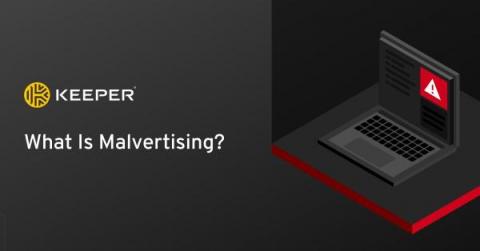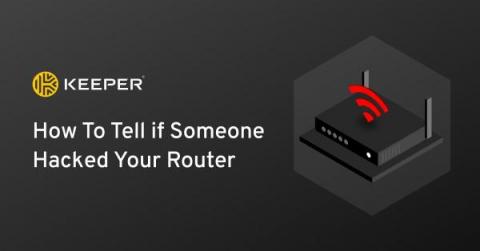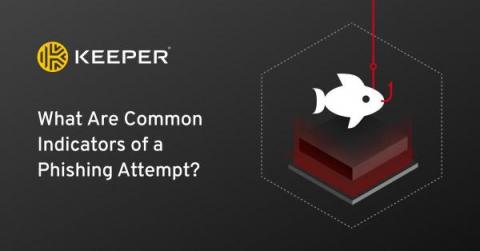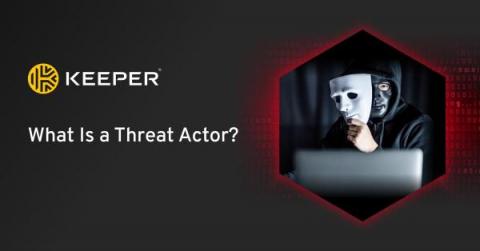What Does a Password Manager Do?
A password manager stores passwords securely, generates strong passwords, identifies weak and reused passwords, generates and stores 2FA codes, and stores other sensitive data like important files. Read on to learn more about what password managers do and why investing in a password manager is worth it.











